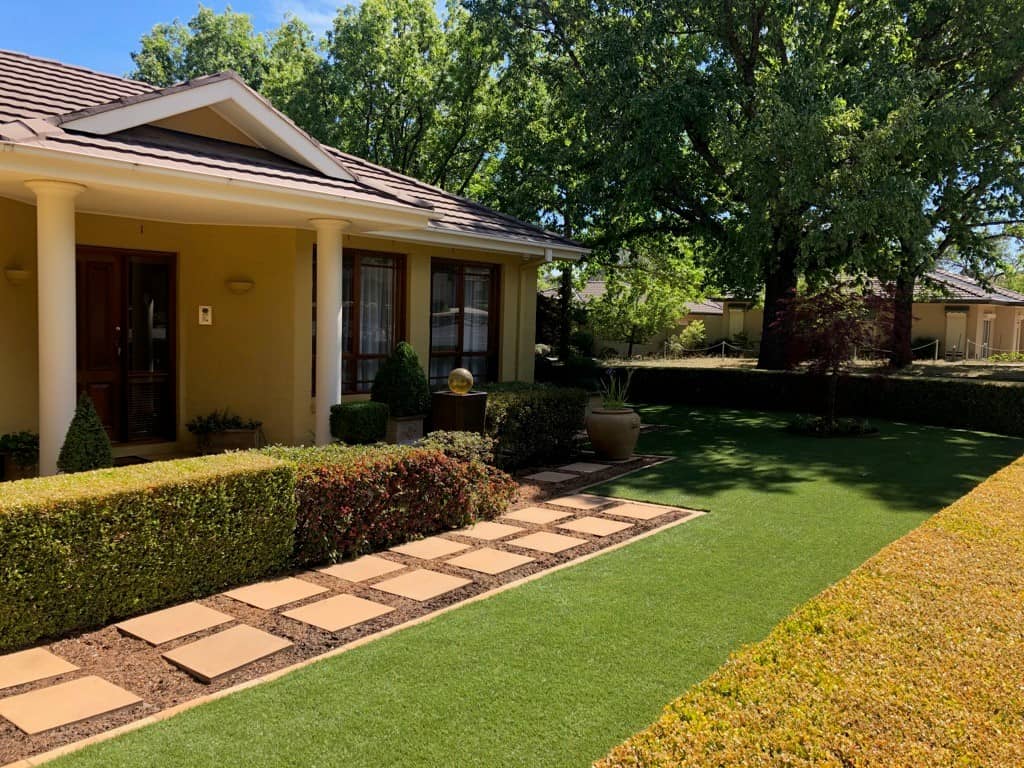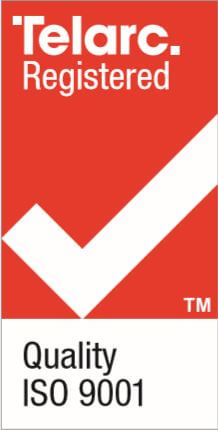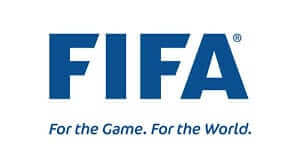
Enjoying your lush, low maintenance artificial lawn? You can keep it looking beautiful year-round with just a little bit of TLC. We’ve created this guide for homeowners, so that you can make your synthetic grass last, despite the elements and use.
The amount of maintenance required will depend on your specific solution, for example, if you have pets or children. If you also happen to be surrounded by trees, these can also create shade and leaf scatter, meaning your maintenance requirements will be more than a lawn with only direct sunlight and no organic matter to clean up. Your synthetic turf will still always be much lower maintenance than real grass, but there are a few things you can to do keep it in tip-top shape.
Some things are better when attended to immediately. You’ll usually know about them, because you’ll be right there enjoying your lawn when they happen.
If you see it happen, the best time to act is right away. This makes the clean-up less work overall. We’ve included a stain-guide below that you can use to determine the best way to clean up whatever you’ve dropped or spilled.
Artificial grass is safe for your furry friends and cleaning up their solid waste is just as easy as on real grass. So, plastic bags and pooper scoopers work just fine!
Following pickup, hose down the target area. Generally, that is all that is needed to keep the surface fresh and clean. If you do find a smelly patch, white vinegar diluted in equal parts of lukewarm water mixed in a bucket and poured over that area should neutralise any odours. Your turf provider may also stock approved odour removal products, so be sure to check with them. TigerTurf offer Nilodour which can be used to neutralise pet odours.
There isn’t much you need to do on a weekly basis to maintain your synthetic lawn but rinsing it down with water will help with any ongoing maintenance. If it looks dusty, a gentle spray will remove dirt, dust, and pollen. Occasionally watering your synthetic grass lawn also helps prevent unequal distributions of infill.
If you have pets, a regular rinse is a particularly good idea as you won’t see where they’ve left urine.
These are a couple of simple things that you can do once a month to keep your grass in tip-top shape.
Use a rake or leaf blower to clear off fallen leaves, branches, and other rotting debris that may land on top of the artificial grass. Take care not to shift the sand infill if your turf is a filled surface. This will help your grass maintain a clean and groomed look.
Once you’ve cleared the grass of debris, get a medium-soft bristle brush or broom, and gently brush it against the direction of the artificial fibres. Don’t brush it too hard, or use stiff bristles, as this can damage the fibres.
Regular maintenance of the rest of your garden will limit the amount of debris falling onto your synthetic turf – really this just means less cleanup of debris in the long run.
Damp conditions and rotting organic debris can foster the growth of algae in your landscape turf. You can prevent algae and moss taking hold in your lawn by following some simple steps:
We’ve developed a unique product perfect for these conditions – it contains no bleach or dangerous chemicals, and is easy to dilute and spray onto areas of moss, mould and lichen. The weather will do the rest for you! TurfGuard is available to purchase here.
Had a whoopsie? Don’t panic! A great thing about synthetic grass is that the blades aren’t terribly absorbent. The other thing? You probably have everything you need to clean up a stain on artificial grass already.
If you act quickly on a spill, it won’t take much to clean it up. Start by using a highly absorbent paper towel or sponge, and dab it (don’t rub!) to draw the offending substance out of the blades. For most spills, this is all you’ll need to do – but if you want to be sure, you can rinse the area down with some water.
If you didn’t get a chance to act quickly, never fear! Mix a teaspoon of detergent in a bucket with some water, and use a sponge or soft cloth to apply it to the stain until it starts to budge. Rinse with clean water, and repeat if required, until the stain is gone.
Start by removing everything you can pick up, and then mix a dollop of detergent into a bucket with warm water. Rinse the stain with the mixture. If it’s a fresh stain, it should come out easily, but if it’s an older one, you may need to dab it with a sponge or cloth to get it out completely. Remember to rinse the detergent off with clean water.
If you’ve spilled something sticky or awkward that you can’t remove using a sponge or paper towel, your next best tool is a toothbrush. Apply the detergent and water mix to the stain, and scrub gently with the toothbrush. Mop up the liquid, and repeat until the residue is gone. Rinse it off with clean water.






